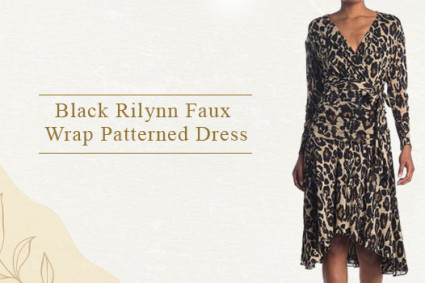
Citrine Stone, known for its vibrant yellow and golden hues, is a stunning gemstone cherished for centuries. It is a variety of quartz with unique properties and a rich history. In this article, we will explore the allure of citrine, its properties, uses, and the fascinating world of citrine gemstones.
What is Citrine Stone?
Citrine is a beautiful gemstone that belongs to the quartz family. The citrine name comes from the word "citron," meaning lemon colour, perfectly describing its luscious lemon-yellow colour. This gemstone is prized for its beauty, versatility, and association with positive energy and abundance.
Brief History and Origins
The origins of citrine trace back to ancient times, with its first known uses dating back to ancient Greece and Rome. It was used by civilizations for its beauty and believed in metaphysical properties. Citrine gained popularity in the 19th century during the Victorian era when it was used in jewellery. Brazil is the largest producer of citrine, followed by countries like Madagascar, Russia, and the United States.
Varieties of Citrine
While the natural colour of citrine ranges from pale yellow to deep amber, it is essential to note that some citrine on the market is heat-treated amethyst or smoky quartz. These varieties are commonly called "ametrine" and "smoky citrine." Natural citrine is relatively rare and highly valued for its distinct beauty.
Properties and Characteristics
Physical Properties
Citrine Gemstone is a member of the quartz family known for its durability and excellent clarity. This stone has a hardness of 7, making it suitable for everyday wear in jewellery. The gemstone has a vitreous lustre and is often faceted to enhance its brilliance and sparkle.
Colour Variations
The colour of citrine can vary from pale yellow to deep golden hues. Some stones may exhibit hints of orange or brown. The intensity of the colour can vary depending on the impurities present during its formation.
Healing and Metaphysical Properties
Energizing and Revitalizing
Citrine is believed to possess powerful energy that uplifts and energizes the spirit. It is often associated with warmth, positivity, and joy. Holding or wearing citrine is said to help dispel negative energy, bringing about a sense of revitalization and renewed enthusiasm.
Attracting Abundance and Prosperity
Citrine Gemstone has long been associated with abundance and prosperity. It is believed to attract wealth, success, and opportunities into one's life. Many people use citrine as a manifestation tool, harnessing its energy to set intentions and attract abundance in various aspects, such as finances, career, and relationships.
Promoting Self-Confidence and Motivation
Citrine Gemstone is known as the "stone of the mind" and is said to enhance clarity, self-confidence, and motivation. It is believed to stimulate the intellect, promoting mental focus and creativity. Citrine can also help overcome self-doubt and fears, empowering individuals to pursue their goals with determination and confidence.
Uses and Applications
Jewellery and Fashion
Citrine's captivating yellow colour makes it a popular choice for jewellery. From elegant earrings to stunning pendants and rings, citrine jewellery adds a touch of brightness and sophistication to any outfit. Its warm tones complement casual and formal attire, making it a versatile gemstone for fashion enthusiasts.
Home Decor and Feng Shui
Citrine's vibrant energy and association with abundance make it a favoured choice for home decor. Placing citrine crystals or gemstone trees in your living space attracts positive energy, abundance, and good fortune. Citrine is often used in Feng Shui practices to create a harmonious and prosperous environment.
Spiritual and Metaphysical Practices
Citrine is widely used in spiritual and metaphysical practices. It is believed to cleanse and energize the aura, promoting spiritual growth and alignment. Many use citrine during meditation or energy healing sessions to enhance focus, clarity, and intention-setting.
How to Choose and Care for Citrine
Identifying Genuine Citrine
When purchasing citrine, you must ensure that you are getting genuine gemstones. Natural citrine is relatively rare, so it is crucial to know that heat-treated amethyst or smoky quartz is often sold as citrine. Genuine citrine will be vibrant yellow to golden, while heat-treated stones may have a reddish tint. It's best to buy citrine from reputable jewellers or gemstone dealers.
Factors to Consider When Purchasing
Consider factors such as colour, clarity, and cut when buying citrine. Look for stones with a bright and even colour, good transparency, and minimal visible inclusions. Citrine is available in various shapes and cuts, so choose a cut that appeals to your taste and desired jewellery design.
Cleaning and Storing Citrine
To clean citrine jewellery, use warm soapy water to remove dirt or oils. Avoid harsh chemicals or ultrasonic cleaners, as they may damage the gemstone. When not wearing your citrine jewellery, store it separately in a jewellery box or pouch to prevent scratching or damage.



